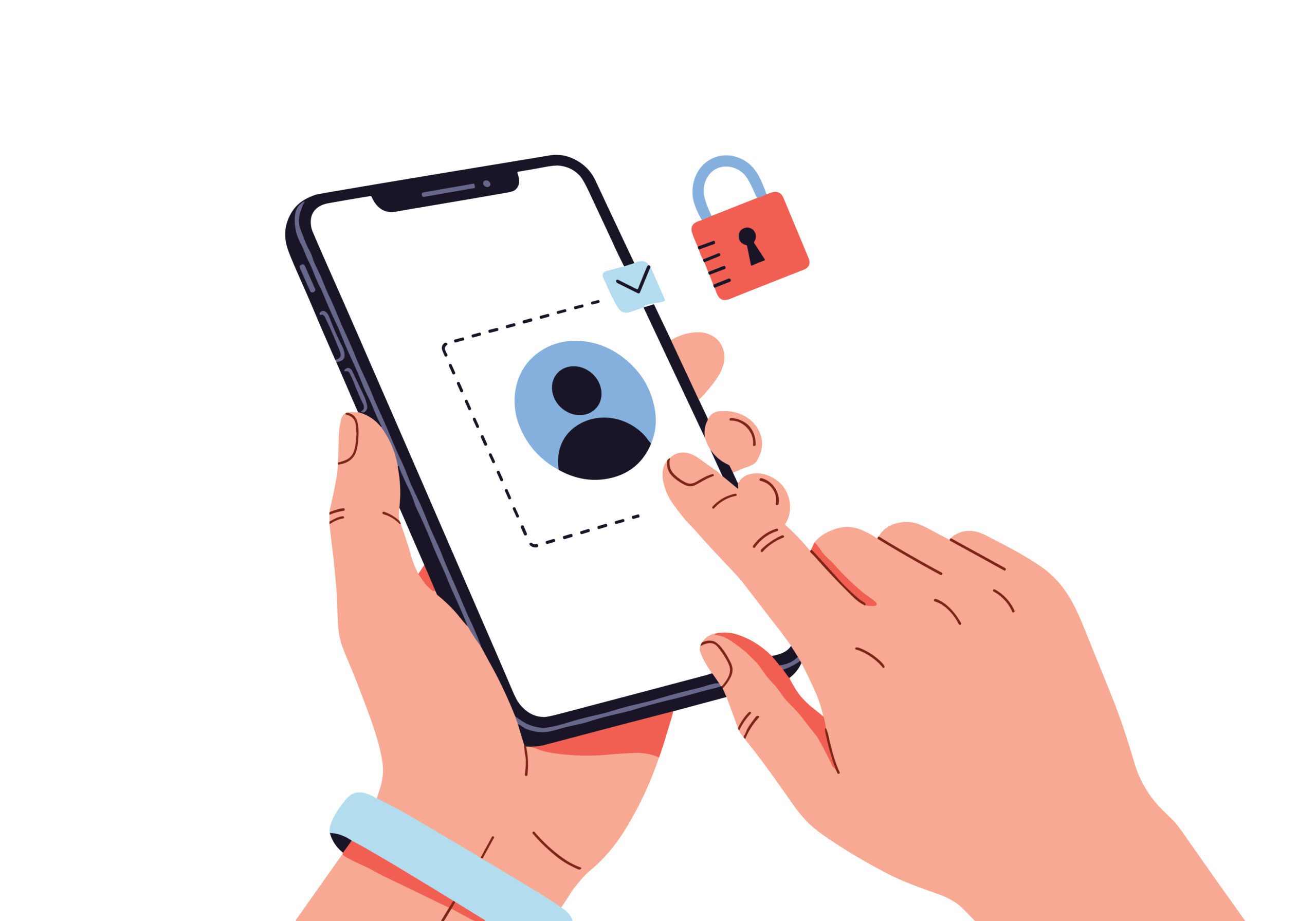The Difference Between Legal Privacy and Functional Privacy

Many companies assume that if they check the right boxes — publish a privacy notice, get written consent, and reference a few data protection laws — they’ve fulfilled their obligations. On paper, they may comply with federal and state laws, including the Fair Credit Reporting Act (FCRA), the Privacy Act, the Video Privacy Protection Act, and even modern frameworks like the California Privacy Rights Act (CPRA) and the General Data Protection Regulation (GDPR).
But legal compliance doesn’t always translate into actual digital safety, especially in an era of large-scale data breaches, pervasive tracking, data brokers selling consumer data, and online services collecting far more information than users realize.
This is where understanding the difference between legal privacy and functional privacy becomes essential. One is about meeting the minimum standard under privacy laws. The other is about protecting people — their personal data, sensitive personal information, and the digital identities of every identified or identifiable individual using today’s online services.
What Is Legal Privacy?
Legal privacy refers to the rights and protections created through comprehensive privacy laws, state comprehensive privacy laws, and sector-specific regulations that govern how organizations collect, store, share, or disclose personal information.
These laws regulate:
- Personally identifiable information (PII)
- Biometric data
- Financial data
- Protected health information (PHI)
- Personal health data and mental health information
- Sensitive personal data, including physical or mental health records, patient data, and financial information
Legal privacy frameworks include:
- GDPR
- CPRA / CCPA
- Personal Data Protection Act (PDPA)
- Personal Information Protection Act (PIPA)
- Health Insurance Portability and Accountability Act (HIPAA)
- Financial Services Modernization Act (GLBA)
- Cable Communications Policy Act
- E-Government Act
- Privacy Act, Accountability Act, and other enacted privacy laws
These laws require regulated entities — such as financial institutions, credit reporting agencies, healthcare providers, and data controllers — to follow strict rules for data collection, storage, and disclosure. Many require organizations to maintain a Written Information Security Program (WISP), implement reasonable security measures, appoint a Data Protection Officer (DPO), and properly safeguard personal data collected from users.
They also govern specific duties, such as:
- Obtaining verifiable parental consent
- Providing mechanisms for users to request access to personal information
- Reporting a data breach to federal agencies
- Restricting the ability to use consumer data for one’s own marketing purposes
These laws matter. But they don’t guarantee that users actually feel or remain protected.
What Is Functional Privacy?
Functional privacy describes how privacy works in practice — the user experience of protection, transparency, control, and autonomy. Unlike legal privacy, it doesn’t rely on the Federal Register, compliance checklists, or narrowly defined rules. Instead, it focuses on whether individuals can meaningfully protect themselves from identity theft, tracking, surveillance, and misuse of personal data.
Functional privacy asks:
- Does this online service collect only what it needs, or far more?
- Does the user understand what personal information is being collected?
- Are privacy practices buried or clear?
- Does the design genuinely protect sensitive data — or mainly protect the company?
Examples of functional privacy include:
- End-to-end encryption that protects communications
- Data minimization in the IoT ecosystem
- Local device storage instead of uploading everything to the cloud
- Transparent controls that reduce targeted advertising
- Interfaces that avoid manipulating users into sharing more information
While legal privacy sets the minimum standard, functional privacy sets the human standard.
Where Legal Privacy and Functional Privacy Diverge
Although both aim to protect personal information, they diverge in critical ways.
Compliance vs. Protection
Legal privacy focuses on compliance with federal, state, and global data protection laws and standards.
Functional privacy focuses on reducing risk for the user.
Disclosure vs. Understanding
Legal privacy requirements require a company to disclose how it handles personal information it collects.
Functional privacy ensures the user actually understands — without legal jargon.
Permitted Data Collection vs. Necessary Data Collection
Under many data protection laws, organizations can collect extensive consumer data as long as they disclose it.
Functional privacy limits collection to what users expect and approve.
Security Requirements vs. Real-World Safety
Legal privacy mandates reasonable security measures.
Functional privacy recognizes that even compliant systems can expose users to identity theft, tracking, over-collection, and unwanted profiling.
Government and National Security Overrides
Legal privacy includes carve-outs that allow government agencies or the federal government to access certain records for national security or law enforcement purposes.
Functional privacy tries to limit the amount of data exposed in the first place — so breaches, misuse, and compelled access cause less harm.
Why This Distinction Matters More Than Ever
Digital privacy risks have expanded dramatically.
Today’s threats include:
- Data brokers selling precise behavioral and transaction data
- Healthcare providers exposing patient data during breaches
- Financial institutions are revealing transaction data linked to PII
- Companies use personal information for targeted advertising
- AI systems inferring physical or mental health conditions
- Online services tracking across devices and apps
- Identity theft is rising through the exploitation of biometric data
Legal privacy often reacts after harm occurs.
Functional privacy works to prevent it.
When companies rely solely on legal privacy, users face:
- More data collection
- More surveillance
- More exposure during breaches
- More profiling and behavioral tracking
When companies adopt functional privacy, users gain:
- Transparency
- Autonomy
- Digital safety
- Meaningful control
This is why digital-first organizations — especially those providing online services — must treat legal privacy as the baseline, not the finish line.
How to Achieve Both Legal and Functional Privacy
A strong privacy program blends regulatory compliance with user-centered design:
- Collect less sensitive personal data whenever possible.
- Protect personal health data, financial information, and biometric data with encryption.
- Limit disclosure of personal information to third parties and data brokers.
- Clearly explain how consumer data is collected, stored, and used.
- Provide accessible controls for opting out of targeted advertising.
- Maintain a current Written Information Security Program.
- Train teams on modern privacy practices, data security laws, and risk management.
- Appoint a Data Protection Officer when required under GDPR or state laws.
- Never use sensitive personal information for your own marketing purposes without explicit, informed, written consent.
Functional privacy should enhance — not replace — compliance.
Together, they form a complete privacy strategy.
Conclusion
Legal privacy governs how organizations must treat personal data, and functional privacy governs how users actually experience privacy online. One is enforced by regulators like the Federal Trade Commission, CPPA, and national data protection authorities. User expectations, trust, and digital behavior reinforce each other.
For individuals, the distinction is between being technically “protected” and genuinely safe.
For organizations, it is the difference between meeting privacy laws and earning user trust in an era of constant data breaches, identity theft, and expanding digital surveillance.
On InternetPrivacy.com, this distinction matters because digital privacy cannot depend solely on law — not when the stakes include sensitive personal data, biometric identifiers, personal health information, and the entire digital identity of every user who interacts with an online service.
Legal privacy keeps organizations accountable.
Functional privacy keeps people protected.
You cannot afford to prioritize one without the other.





